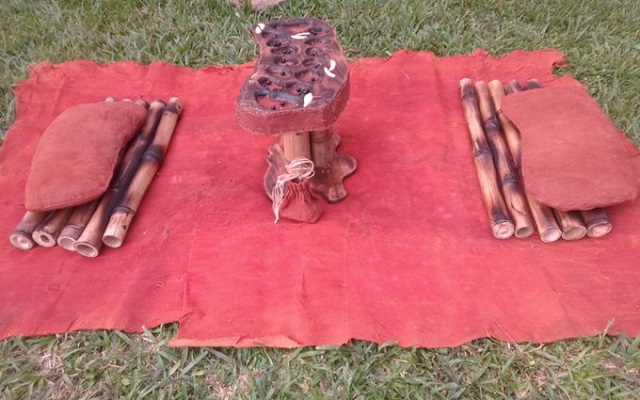
The exchange program between the two varsities is intended to foster collaborative approaches to existing communities challenges
Kampala, Uganda | DOMINIC MUWANGUZI | Uganda and Norway may exist in different hemispheres, but they share a common voice on issues of climate change. The exchange program between the School of Industrial and Fine Art Makerere University, Uganda and University of Bergen, Norway is a manifestation to this commonality. Students and their facilitators from both universities have embarked on experimental projects to contribute to conversations on how the global phenomenal of climate change can be addressed.
In Uganda, particularly in the immediate community of Makerere University, social behaviours that lead to environment harm are rampant. There is a lot of garbage dumping in students’ hostels and in the neighborhoods of Makerere Kinoni, Mulago and Kavule. Conversely, an absence of garbage pollution in Norway doesn’t make it safe from environmental hazards. The country whose larger territory is located near the Arctic, is in recent years grappling with increasing global warming that emanate from rising temperatures which perpetuate snow to recede. As such, this mutual experience of the problem inspires a collective responsibility with a common belief that regardless of territorial boundaries, humanity that is both a perpetuator and victim to this precarious situation, is involved in finding sustainable solutions.
In the first encounter of the project that took place at the Makerere Art gallery recently, the participating students were involved in interactive discussions which culminated into construction of sculptural installations. The on-site installations were made from found objects and non- degradable waste (rubber from car tyres, plastic and glass bottles). These materials imbued the habit of waste littering that is common in the neighborhood of the University. They also spoke to the subject of consumerism which contributes to the production of waste in the immediate communities. The empty plastic bottles littered almost everywhere on the school campus bring into question the issue of waste management and disposing.
Beyond the narrative of how waste harm the environment, the installations explored the subject of inclusion of indigenous materials or objects like barkcloth cloth and Omweso in art. From an academic perspective, the technique served the purpose of linking both cultures together. Barkcloth is a centuries old organic fabric that is traceable among the ethnic groups of central and western Uganda and therefore serves as their common identity. Omweso (Board game) is also historically known to be an artefact indigenous to the communities of central and western Uganda, introduced by the Bachwezi. Interestingly, the board game is present among the Norwegian community though its format is unique from what is popular in Uganda.
Albeit such difference, the aspect of inclusion and interaction was at the forefront during the process of construction and display of the artworks. At the opening of the exhibition, the artists made presentations on their respective artworks while standing inside the installations. This technique evoked elements of performance art where the artist dramatically lured the audience into their work through gestural expressions or movement. In the Omweso installation, the artists sat on either side of the board game to suggest the idea of playing the game. All the “players” sat on barkcloth and the act of sitting on the organic fabric immediately broke cultural boundaries where even the Norwegian students were at once part of the Ugandan indigenous cultural norms. In Buganda, the board game is played when the men are seated down.
The sculptural installations are immediately visible within the space they occupy. They are both towering in size and aesthetically attractive even from a distance. The fusion of art and design is partly a gesture to studio experimentation where sculptural works can be constructed with everyday objects, but with the underlying objective to communicate a particular message. It is through such technique that interaction, collaboration and education can be realized. More so, an open display of the artworks provides a conducive environment to reflect on the relationship between nature and figurines constructed from both synthetic and organic material. This is essential because one of the objectives of the project is not to give a conclusive approach to the problem at hand, but provide a platform where wide raging conversations on the subject of climate change can take place.
The project is intended to run for five years and is facilitated by the University of Bergen and College of Engineering, Art and Design Makerere University.
 The Independent Uganda: You get the Truth we Pay the Price
The Independent Uganda: You get the Truth we Pay the Price



